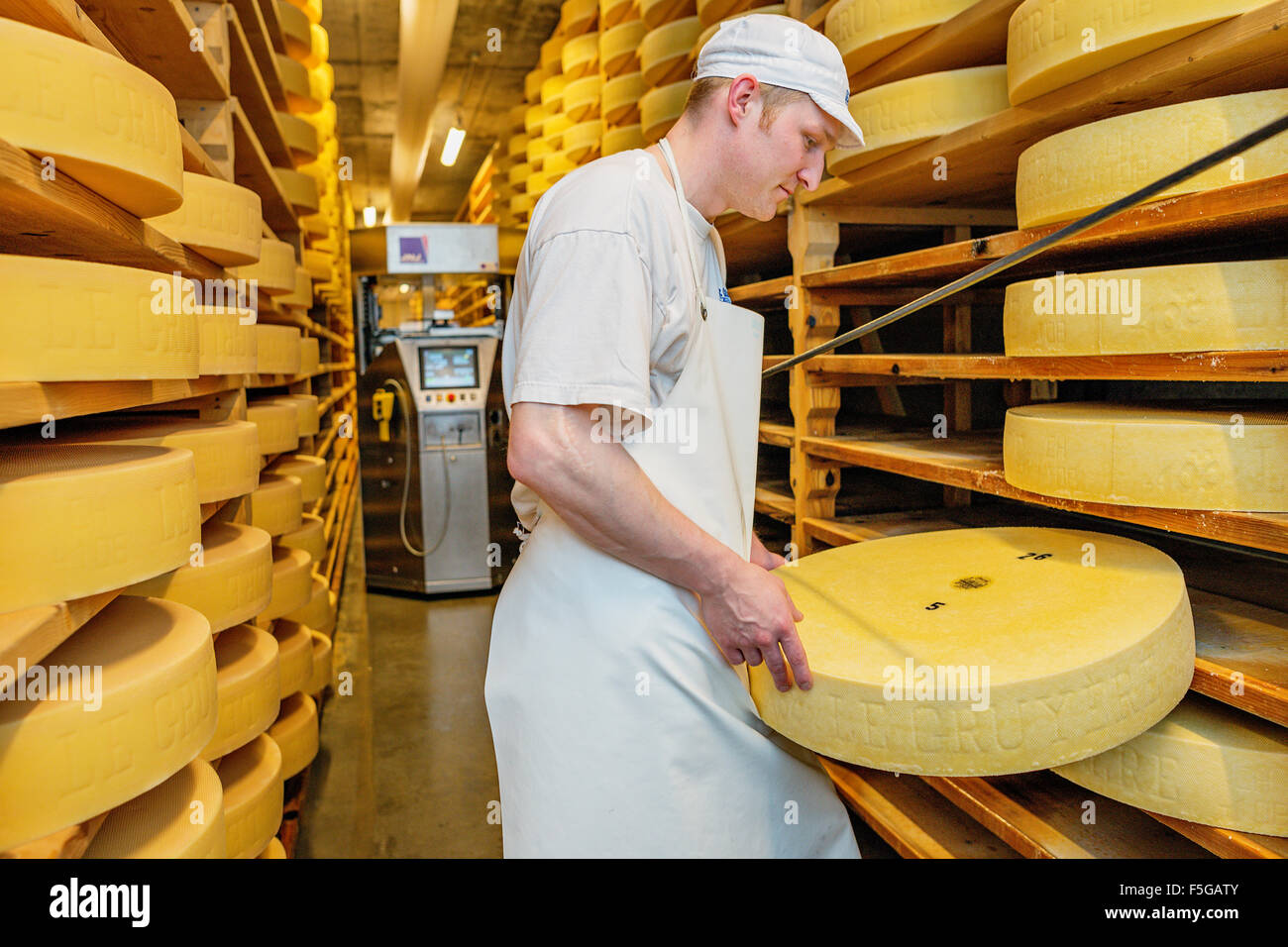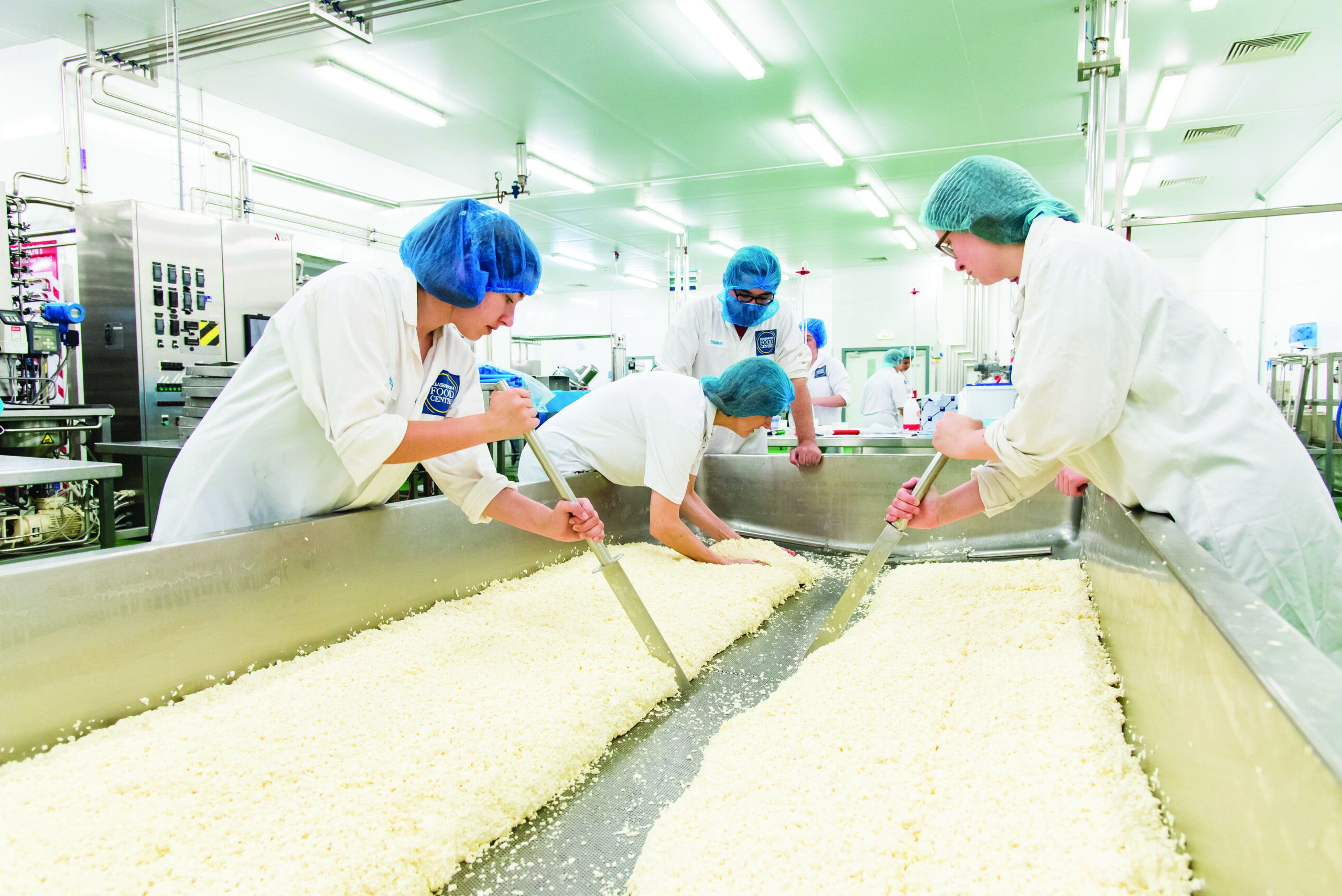Cheese Makers Melbourne: Crafting the Finest Cheeses In Your Area
Cheese Makers Melbourne: Crafting the Finest Cheeses In Your Area
Blog Article
Recognizing the Scientific Research Behind Cheese Manufacturing: From Milk Selection to End Product
The complex process of cheese manufacturing begins with the cautious selection of milk, an option that exceptionally impacts the end product's flavor and texture. Comprehending the essential function of germs in fermentation discloses how these microorganisms transform lactose into lactic acid, an essential active ingredient in developing the cheese's character. Following this, the coagulation process turns fluid milk into curds, establishing the phase for aging, where real complexity of tastes arises. Quality control continues to be important at every stage, yet the nuances of these procedures may still hold shocks that warrant more exploration.
Milk Choice Process
The choice of milk is an essential action in the cheese production procedure, as it directly influences the taste, structure, and high quality of the end product. Various factors should be considered during this selection, consisting of the resource of the milk, the breed of the animals, and their diet plan. Cow's milk, goat's milk, and lamb's milk each have distinctive residential or commercial properties that add to the special qualities of different cheese ranges.

In addition, the nutritional web content of the milk, influenced by the pet's diet regimen, can change the cheese's final characteristics. High-quality milk, sourced from healthy animals, makes certain a superior cheese item, highlighting the relevance of rigid top quality control steps in the milk selection procedure. Hence, mindful factor to consider in milk option is essential for effective cheese production.

Function of Bacteria in Fermentation
Complying with the cautious option of milk, the fermentation process plays an essential role in cheese production, where germs are introduced to transform the milk into cheese. The key feature of these bacteria is to transform lactose, the sugar present in milk, right into lactic acid. This acidification not only modifies the pH of the milk yet also plays a critical function in flavor development, texture, and preservation of the final item.
Lactic acid germs (LAB), such as Lactococcus and Streptococcus varieties, are frequently made use of in cheese manufacturing due to their capacity to grow in milk and their contribution to the fermentation process. The metabolic tasks of these germs result in the manufacturing of various metabolites, including taste substances and antimicrobial substances, which hinder wasting microorganisms and pathogenic germs, consequently boosting cheese security.
Moreover, the fermentation process affects the overall characteristics of celebrity, including its fragrance, preference, and structure. Various pressures of microorganisms can give distinctive tastes and add to the distinct accounts of various cheese kinds. Therefore, the selection of microbial societies is a crucial action Read Full Article in achieving the desired cheese quality and consistency.
Coagulation and Curd Development
In celebrity production procedure, coagulation marks a crucial change from fluid milk to strong curds. This makeover is primarily generated by the addition of rennet, an enzyme that acts on casein, the major protein in milk. When rennet is presented, it facilitates the gathering of casein molecules, causing the formation of a gel-like structure. This procedure is typically enhanced by the acidic atmosphere created by lactic acid microorganisms, which better aids in coagulation by reducing the pH of the milk.
The resulting curds are created as the liquid whey starts to divide. Factors such as temperature level, the quantity of rennet used, and the time permitted for coagulation are crucial in establishing the structure and quality of the curds. Higher temperatures and longer coagulation times normally yield stronger curds, appropriate for more challenging cheeses.
When curds are created, they are reduced into smaller sized items, allowing whey to get away extra successfully. This action is critical, as it influences the moisture material and total features of the final cheese item. Proper management of coagulation and curd development is important for attaining particular cheese designs and wanted flavor profiles.
Aging and Taste Advancement
After the curd has actually been created and whey has been drained pipes, the next phase in cheese manufacturing is aging, likewise referred to as growth. This important procedure significantly influences the cheese's final flavor, texture, and fragrance. Throughout aging, various biochemical and microbiological changes happen, influencing the total sensory account.
The aging environment, consisting of temperature and humidity, plays an important duty in taste advancement. Enzymes and bacteria existing in celebrity assist in the breakdown of healthy proteins and fats into smaller sized particles, bring about the formation of amino acids, fatty acids, and volatile compounds. These improvements add to the complexity of flavor and fragrance, with distinctive accounts emerging based on the specific cheese variety.
In addition, the period of aging is pivotal; much shorter aging periods generally yield milder flavors, while longer maturation results in more durable and nuanced accounts. Elements such as the milk source, cheese kind, and certain aging techniques further enhance the variety of tastes produced. Ultimately, aging is a delicate equilibrium of time, look at these guys environmental conditions, and microbial activity, finishing in the unique qualities that define each cheese selection.
Top Quality Control in Cheese Manufacturing
Ensuring high standards throughout celebrity manufacturing process is important for delivering a high quality product that meets consumer expectations - cheese store melbourne. Quality assurance (QC) incorporates various stages, beginning from raw milk option to the last aging procedure. Each phase needs careful attention to information to avoid contamination and make sure consistency
During milk choice, manufacturers need to evaluate factors such as fat content, pH levels, and microbial quality. Routine testing for somatic cell counts and bacterial lots is important to guarantee the milk's viability for Check This Out cheese making. In the production phase, QC steps consist of checking the temperature, level of acidity, and rennet activity, which considerably influence texture and flavor.
As cheese matures, continual sensory examinations and laboratory evaluations are carried out to analyze flavor advancement, texture, and total quality. Any type of variances from established requirements require rehabilitative actions to keep item stability.
Furthermore, paperwork and traceability are vital components of effective quality assurance, making it possible for producers to track the cheese from ranch to customer. By executing robust QC methods, cheese producers can not just enhance product quality yet additionally construct customer trust fund, guaranteeing their place in an affordable market.

Verdict
Finally, the scientific research of cheese manufacturing includes a number of crucial stages, each significantly affecting the last item. The mindful option of milk, the essential function of germs in fermentation, the change of liquid milk right into curds through coagulation, and the aging process collectively contribute to the development of one-of-a-kind tastes and appearances. Rigid high quality control determines make sure that each cheese selection satisfies recognized standards, thereby boosting consumer complete satisfaction and keeping the honesty of the cheese-making custom.
Report this page